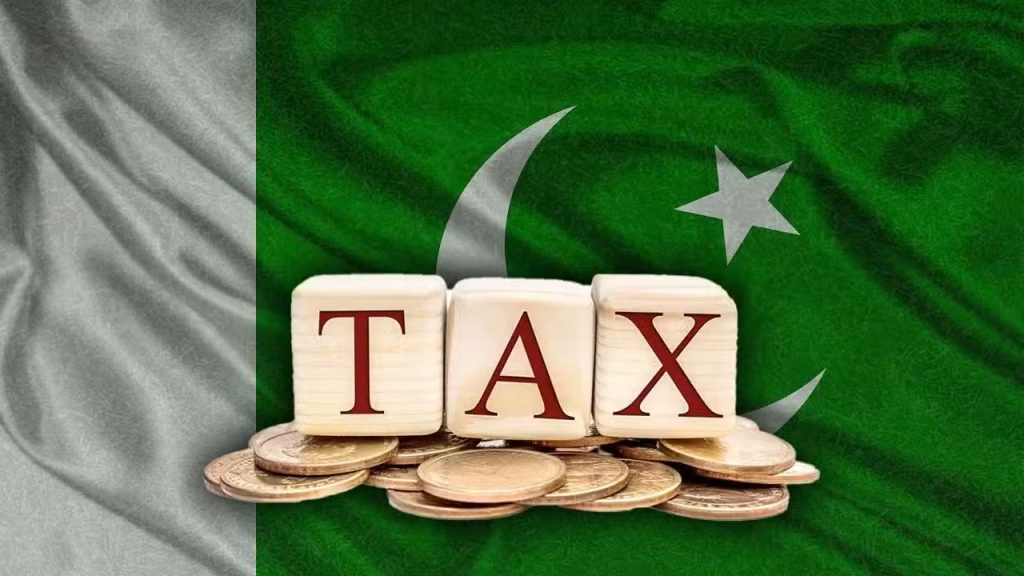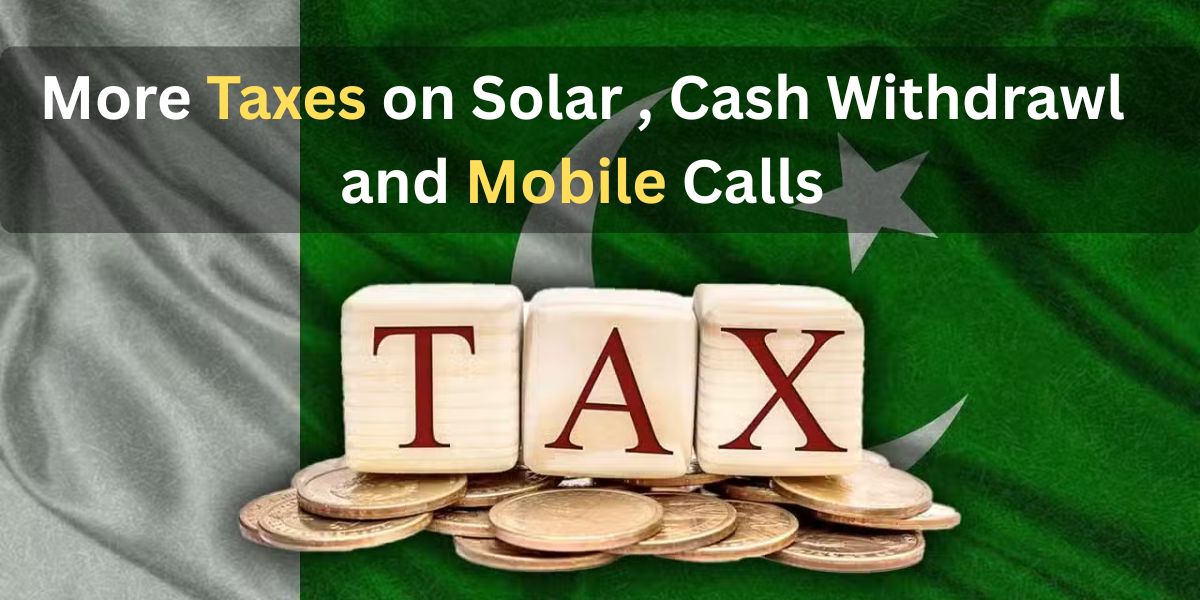Govt Planning to Increase Taxes on Solar Cash Withdrawal and Mobile Calls
Pakistan has once again reassured the International Monetary Fund (IMF) of its commitment to fiscal discipline and reforms. The government has pledged to introduce additional tax measures worth Rs. 200 billion in January 2026 if revenue collection falls short or public spending exceeds agreed limits during the first half of the fiscal year.
This assurance is a crucial part of Pakistan’s ongoing $7 billion IMF bailout program, which aims to stabilize the country’s economy, improve revenue generation, and ensure compliance with fiscal targets.
Why These Measures Are Being Considered
According to a report by the Express Tribune, these measures are not immediate but contingent upon revenue performance. If the Federal Board of Revenue (FBR) misses its end-December target, or if government expenditures rise beyond approved limits, the new taxes will automatically take effect in January.
The primary focus of the government’s contingency plan is to strengthen tax collection without introducing broad-based hikes across all sectors. Instead, the proposed plan emphasizes targeted adjustments in income tax, sales tax, and excise duty.
Proposed Tax Adjustments Under Consideration
The government is evaluating several tax changes that could help recover lost revenue if needed. Key proposals include:
- Higher taxes on phone usage:
- Landline tax rate may increase from 10% to 12.5%.
- Cellular call tax may rise from 15% to 17.5%.
Together, these could generate an estimated Rs. 44 billion annually.
- Doubling the withholding tax on cash withdrawals for non-filers:
- The rate may increase from 0.8% to 1.5%, potentially adding Rs. 30 billion in yearly revenue.
- Increased taxation on consumer goods:
- A 16% Federal Excise Duty (FED) could be imposed on confectioneries and biscuits, generating around Rs. 70 billion annually.
- If implemented, the total effective tax rate on processed foods could reach 38%, including sales tax and other levies.
- Changes in sales tax rates:
- The government may raise the sales tax on solar panels from 10% to 18%.
- It is also considering a standard sales tax rate increase from 18% to 19%, which could yield an additional Rs. 225 billion per year.
However, this step is being treated as a last resort to avoid burdening the public broadly.
FBR’s Current Financial Challenge
The Federal Board of Revenue (FBR) is facing a challenging fiscal situation. During the first three months of the fiscal year, it reported a revenue shortfall of Rs. 198 billion. By October 29, total tax collection reached Rs. 3.65 trillion, while the target for the four-month period required another Rs. 460 billion to be collected within just 48 hours.
This persistent shortfall has prompted the government to explore backup tax options to ensure compliance with IMF benchmarks.
Additional Context and Challenges
Despite the introduction of these tax proposals, provinces such as Sindh and Punjab have delayed the collection of agricultural income tax at enhanced rates of up to 45% for one year. This has limited potential revenue streams and shifted the burden back to existing taxpayers.
Moreover, the FBR’s efforts to broaden the tax base have been slow, meaning that the same group of taxpayers may continue to bear the impact of new levies.
The IMF, for its part, has refused to reduce Pakistan’s annual primary budget surplus target of 1.6% of GDP (Rs. 2.1 trillion) but has agreed to review it later, depending on the final assessment of flood-related economic losses.
On a positive note, the World Bank has revised its growth forecast for Pakistan from earlier estimates to 3%, citing less severe flood damage than initially projected.
Expected Outcome
If implemented, the government expects to recover around half of the Rs. 200 billion in additional taxes between January and June 2026. The final decision will depend on revenue trends, expenditure patterns, and the IMF’s approval of Pakistan’s fiscal progress.
These measures reflect Pakistan’s continued commitment to maintaining macroeconomic stability and meeting international financial obligations while trying to balance growth and public affordability.
Conclusion
The Rs. 200 billion contingency tax plan is Pakistan’s safety net to ensure that it meets IMF conditions and avoids disruptions in the ongoing bailout program. While these steps may tighten financial pressure on certain sectors, they are designed as temporary measures to stabilize revenue collection and uphold fiscal discipline. Citizens and businesses are encouraged to stay informed about upcoming policy changes as the government finalizes its mid-year review with the IMF.
FAQs
1. What is the purpose of the Rs. 200 billion tax plan?
The plan serves as a backup strategy to ensure Pakistan meets IMF fiscal targets if revenue falls short or spending exceeds agreed limits.
2. When will these tax measures take effect?
They will only be implemented in January 2026 if the FBR fails to meet its December revenue goals.
3. Which sectors are likely to be affected the most?
Telecommunication, banking, solar energy, and processed food sectors may face the largest impact.
4. Will agricultural income tax be included in this plan?
No, the provinces of Sindh and Punjab have postponed higher agricultural income tax rates for one year.
5. How much revenue does the government expect to raise from these measures?
The government aims to generate about Rs. 200 billion, with half expected during the second half of the fiscal year.








